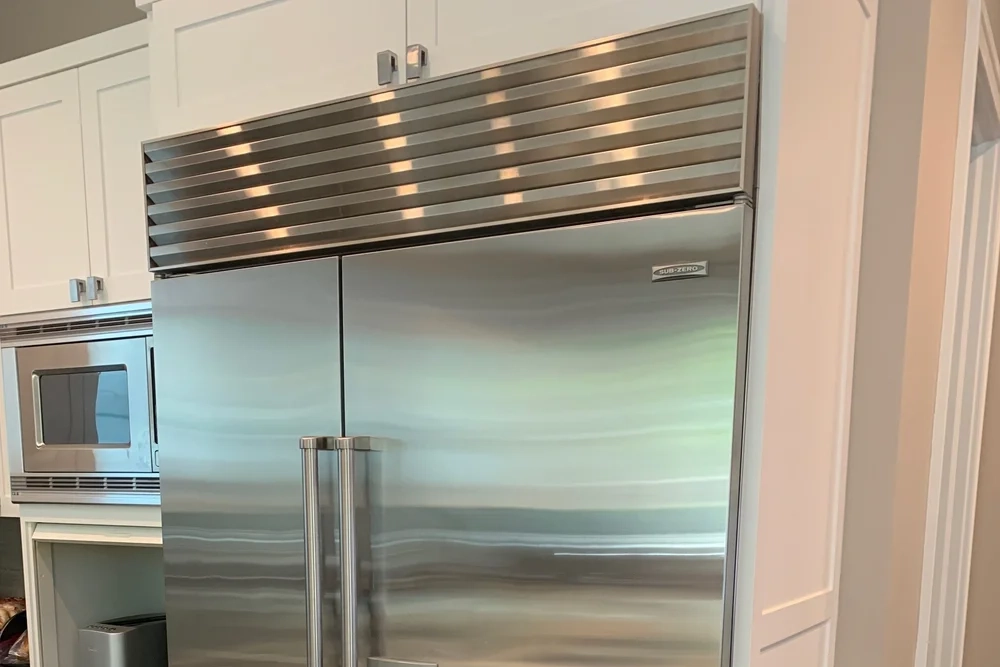Longevity in built-in Sub-Zero units: what to expect
An expert-based view on how long these premium appliances typically last and what drives their lifespan.
Built-in Sub-Zero units are engineered for longevity, precision, and quiet operation. When installed with proper ventilation and maintained with professional care, these appliances can serve a household well for two decades or more. The age you see in many premium homes—twenty years or older—often reflects a history of attentive maintenance and timely component replacement rather than fragile performance. However, “last” is a spectrum. Some units happily surpass the 20-year mark, while others require more frequent attention due to climate, usage patterns, or installation nuances. As experts working across Gilroy and South Santa Clara County, we see a common thread: longevity is less a magical number and more a product of consistent care, smart operation, and early intervention when symptoms appear.
Two design features intrinsic to Sub-Zero built-ins influence their lifespan. First, dual refrigeration (separate systems for refrigerator and freezer) reduces cross-system wear and minimizes odor transfer, helping both compartments maintain performance longer. Second, advanced filtration and air purification support superior interior conditions, which can reduce contamination-related wear on sensors and seals. On the flip side, cabinetry integration means service access can be more challenging. When access panels aren’t readily available, a seemingly simple fix might require more disassembly, potentially stressing parts that are otherwise robust.
In practical terms, many built-in Sub-Zero units that receive regular professional maintenance run smoothly into their third decade. The compressor, a workhorse component, often determines the longer-term fate of a unit. While compressors in premium brands are designed for many thousands of hours of operation, their longevity heavily depends on cooling demand, electrical supply stability, and refrigerant health. The electronics and sensors that control temperature and humidity are equally critical; failures there can endanger performance even if the mechanical parts remain sound. This is why expert maintenance and using genuine Sub-Zero parts are essential to extending life.
